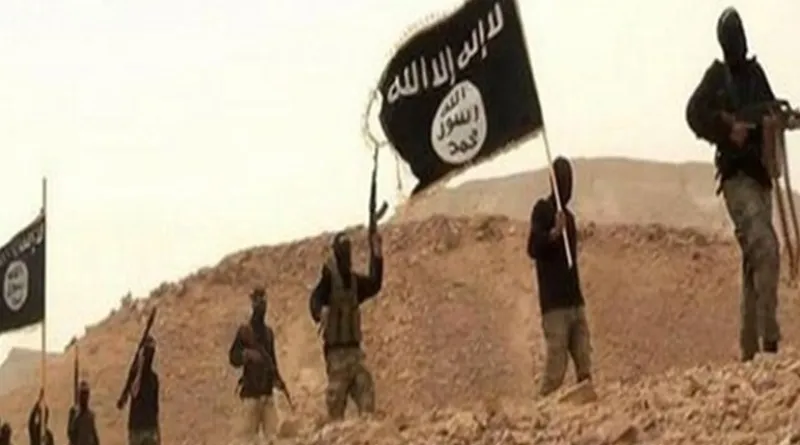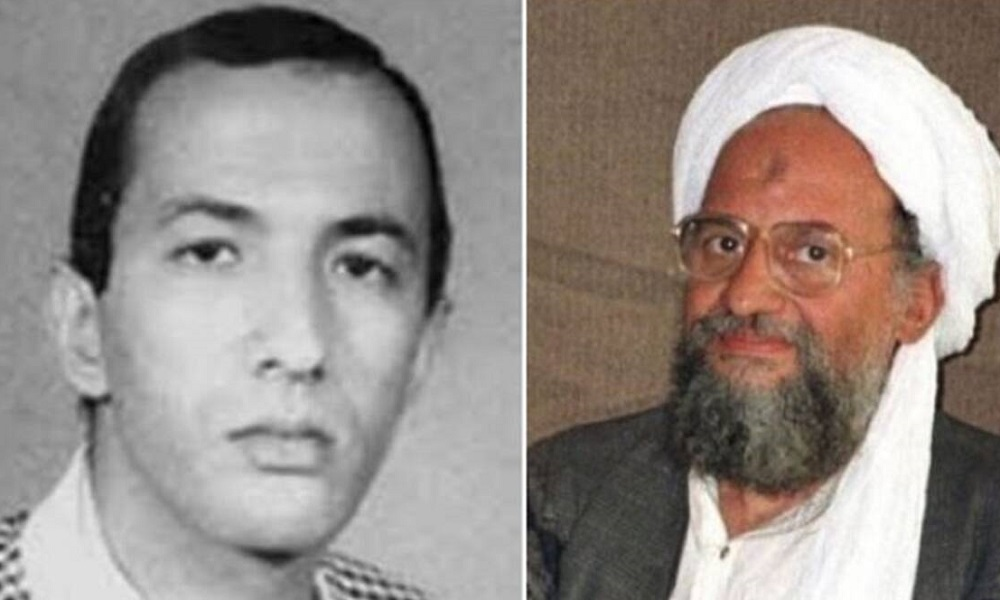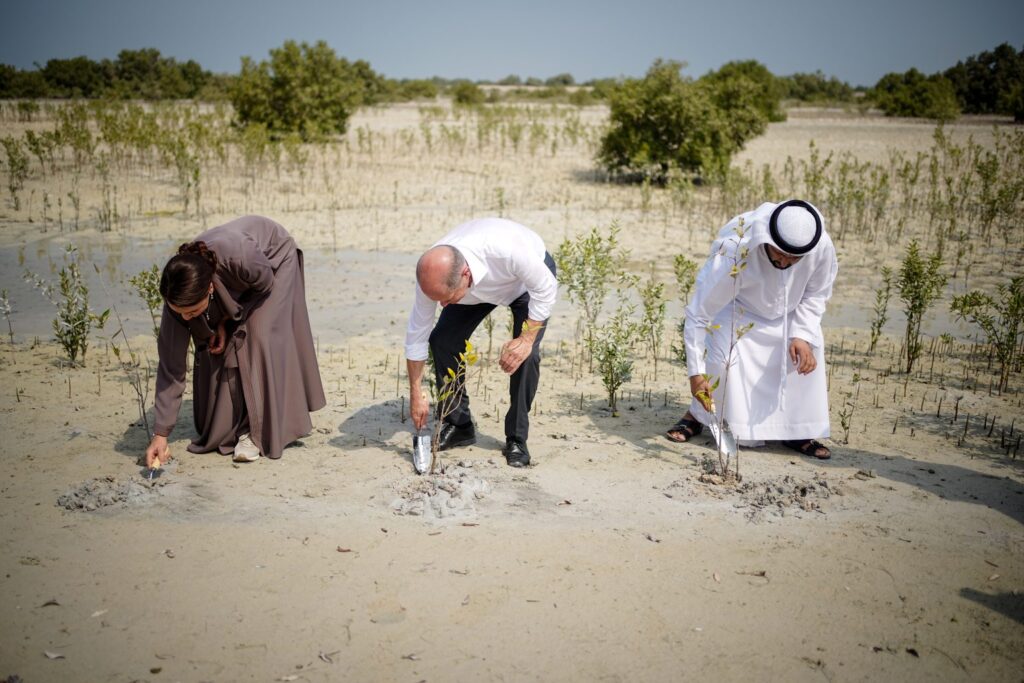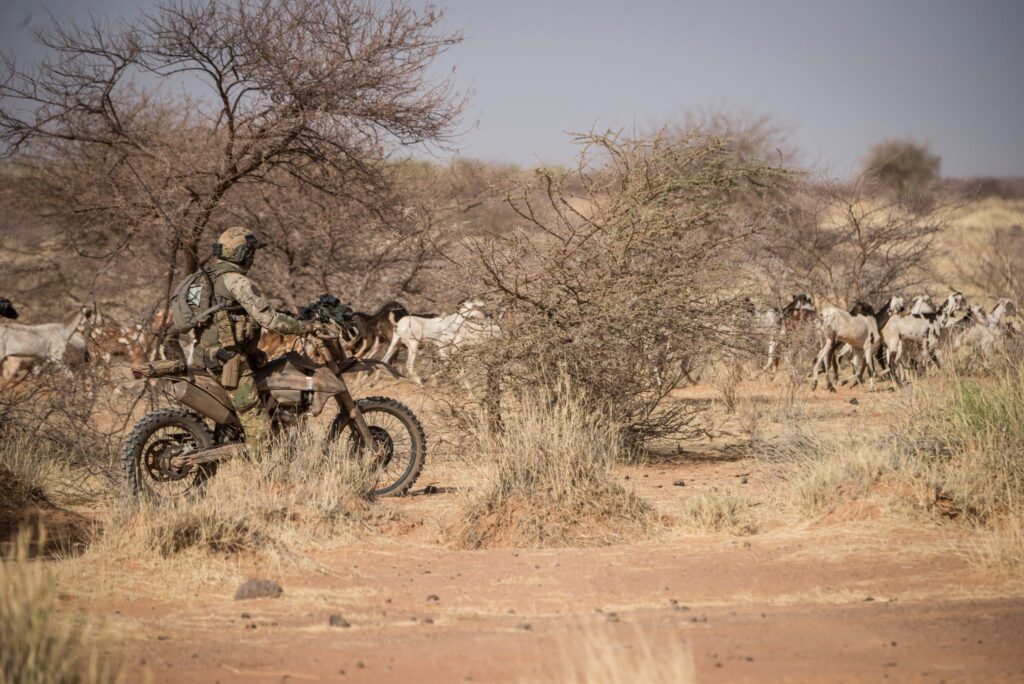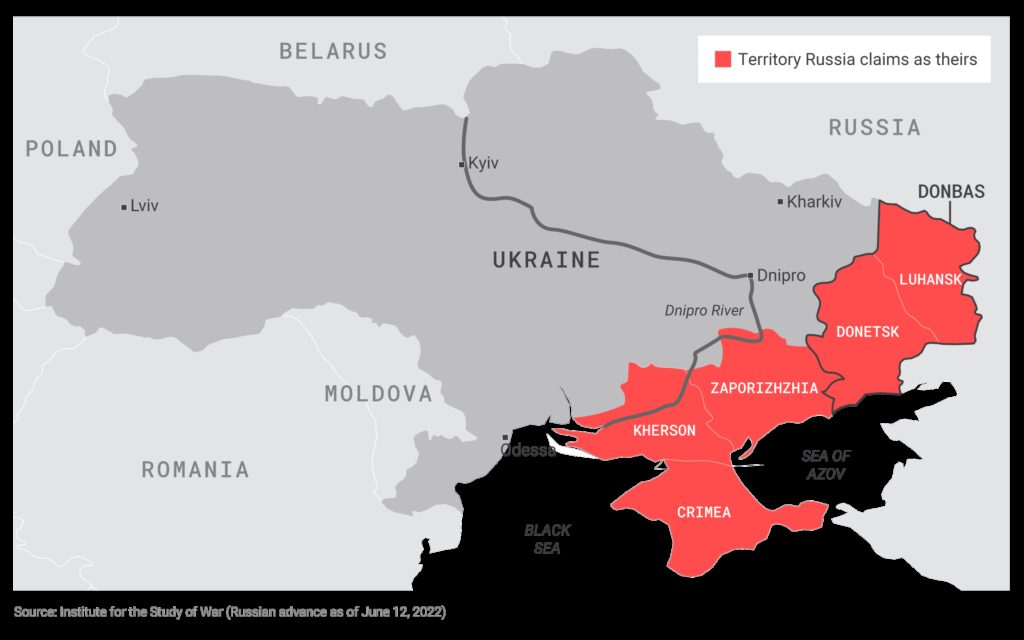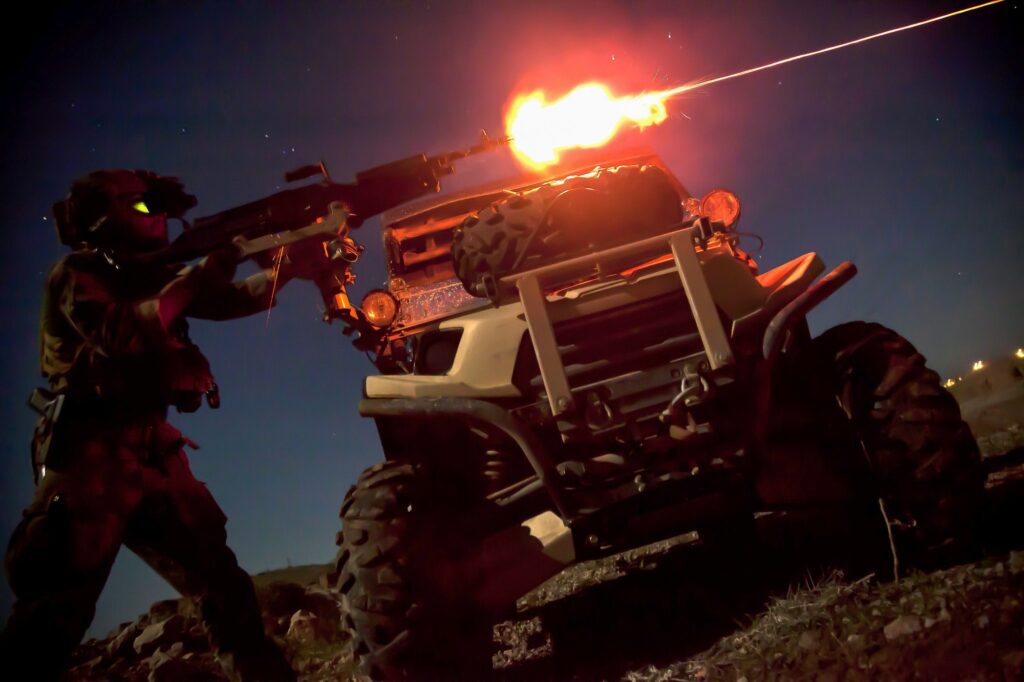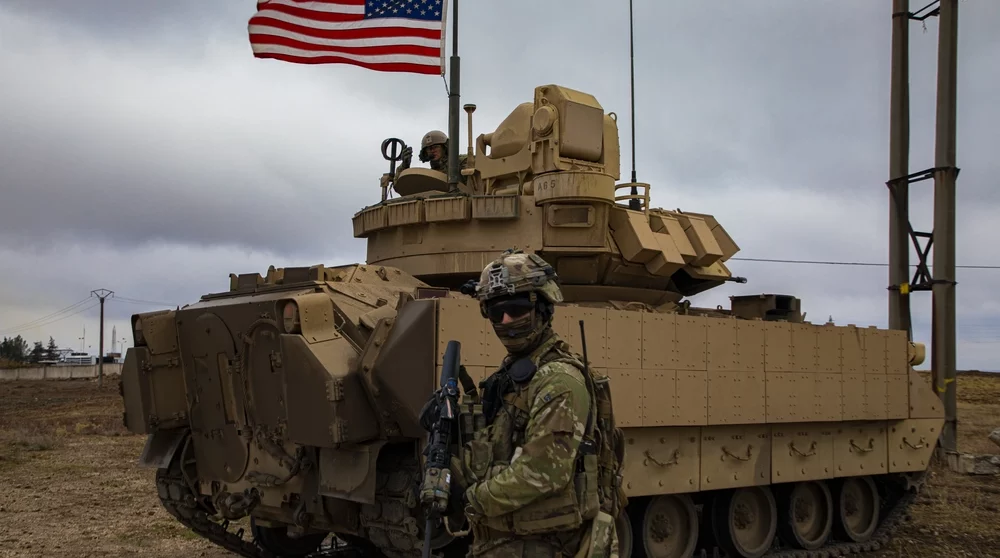United Arab Emirates Continues Its Policy Of Modernizing Intelligence Services – Analysis
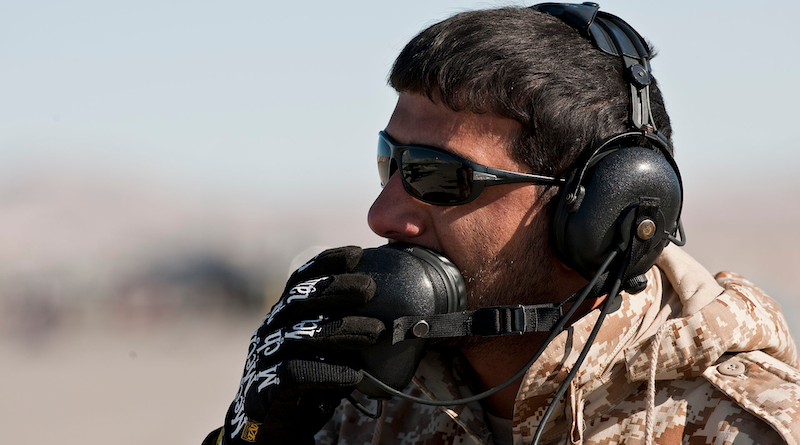
The geopolitical evolutions in the Middle East marked by the so-called “Arab Spring”, the conflict in Yemen, the threat represented by the Iranian nuclear program and other global geopolitical developments determined United Arab Emirates (UAE) to take some important steps for modernizing and improving its intelligence services starting with the middle of the last decade[2].

